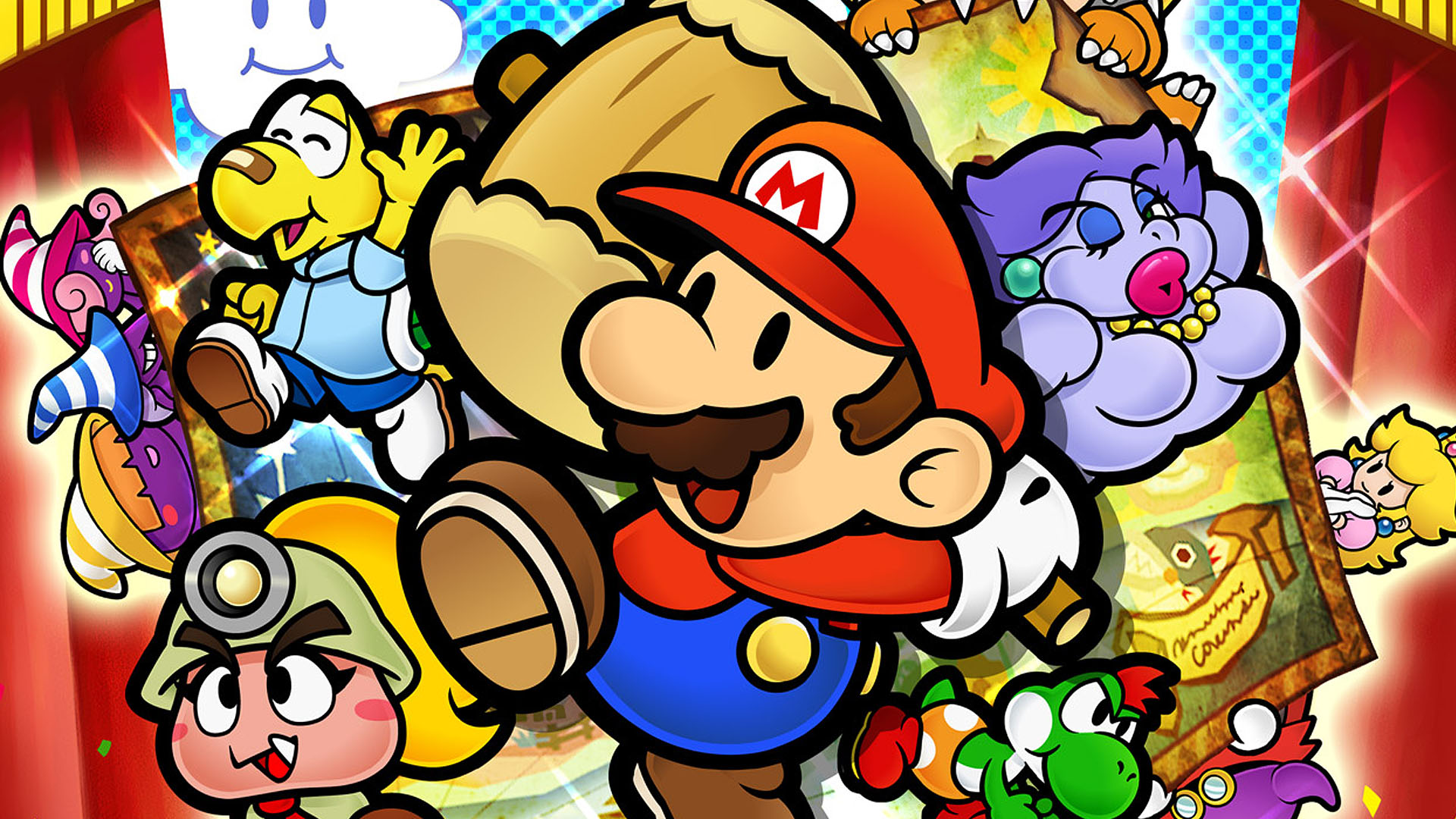Last year, a certain Super Mario RPG returned to Nintendo Switch. A complete remake of a SNES game whose notoriety continued to rise until its return to our modern platforms. A remake allowing as many people as possible to be able to play it comfortably. Furthermore, at the time the development of a sequel to Super Mario RPG was planned for Nintendo 64, a sequel which would ultimately completely change its name to become the Paper Mario license. A first opus published on Nintendo 64, followed by a sequel on Nintendo Gamecube. Like Super Mario RPG, Paper Mario: The Millennium Door, initially released on Nintendo Gamecube, is preparing to return this year to Nintendo Switch to celebrate its 20th anniversary, and we have already had the chance to take a long look at this all-paper opus again. (our test here).
Digital Foundry provided key technical details, including framerate and resolution. Here's a full overview of the graphics improvements and technical specifications:
Advertisement
Graphics Improvements
- Reworked textures : Almost all textures have been improved to provide a more modern and immersive visual experience.
- Modernized user interface : User interface elements have been readapted for modern televisions, providing better readability and a more current design.
- Totally reconstructed geometry : 3D models have been reconstructed, bringing increased sharpness and definition to environments and characters.
- Replacing 2D sprites with 3D models : Traditional 2D sprites have been replaced with 3D models, improving the overall look of the game.
- Screen Space Reflections (SSR) : Reflective surfaces now benefit from screen-space reflections, adding depth and realism.
- Screen Space Ambient Occlusion (SSAO) : Ambient occlusion improves shading, especially noticeable in indoor environments with limited light, such as Professor Frankly's office.
- More detailed shadow maps : Shadows are more detailed, bringing additional realism to scenes.
- Light effects : Rays of light have been added in certain scenes to accentuate the atmosphere.
Technical specifications
- Resolution :
- 1600×900 pixels in docked mode
- 1138×640 pixels in portable mode
- Limited antialiasing : The game uses limited antialiasing, which can result in slightly jagged edges in certain situations.
- Refresh rate :
- 30 FPS (frames per second)
- No slowdown in refresh rate
- Comparison with the GameCube version : The original version on GameCube ran at 60 FPS, while the Switch version runs at 30 FPS, resulting in 2D side-to-side movement when moving through towns and dungeons.
